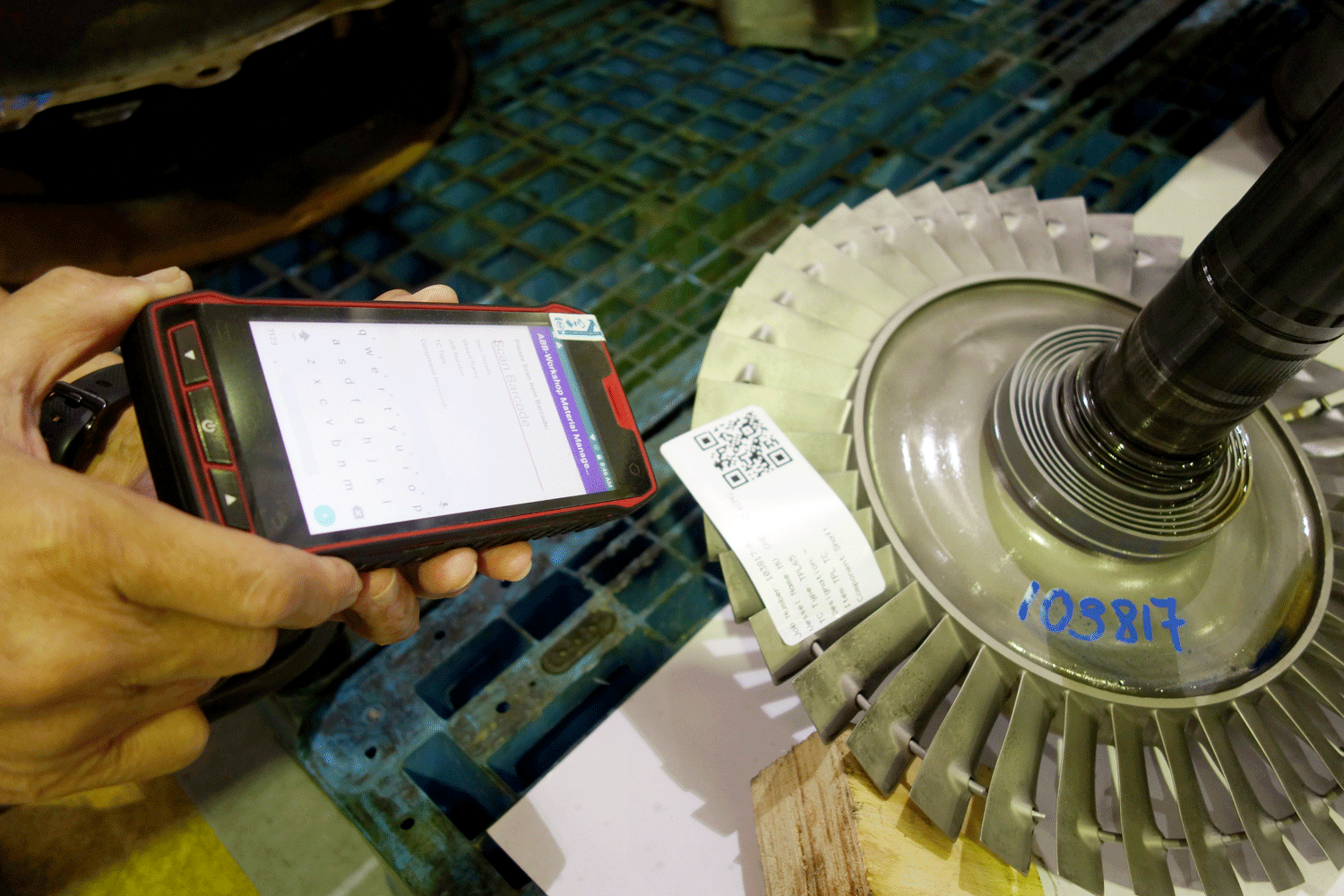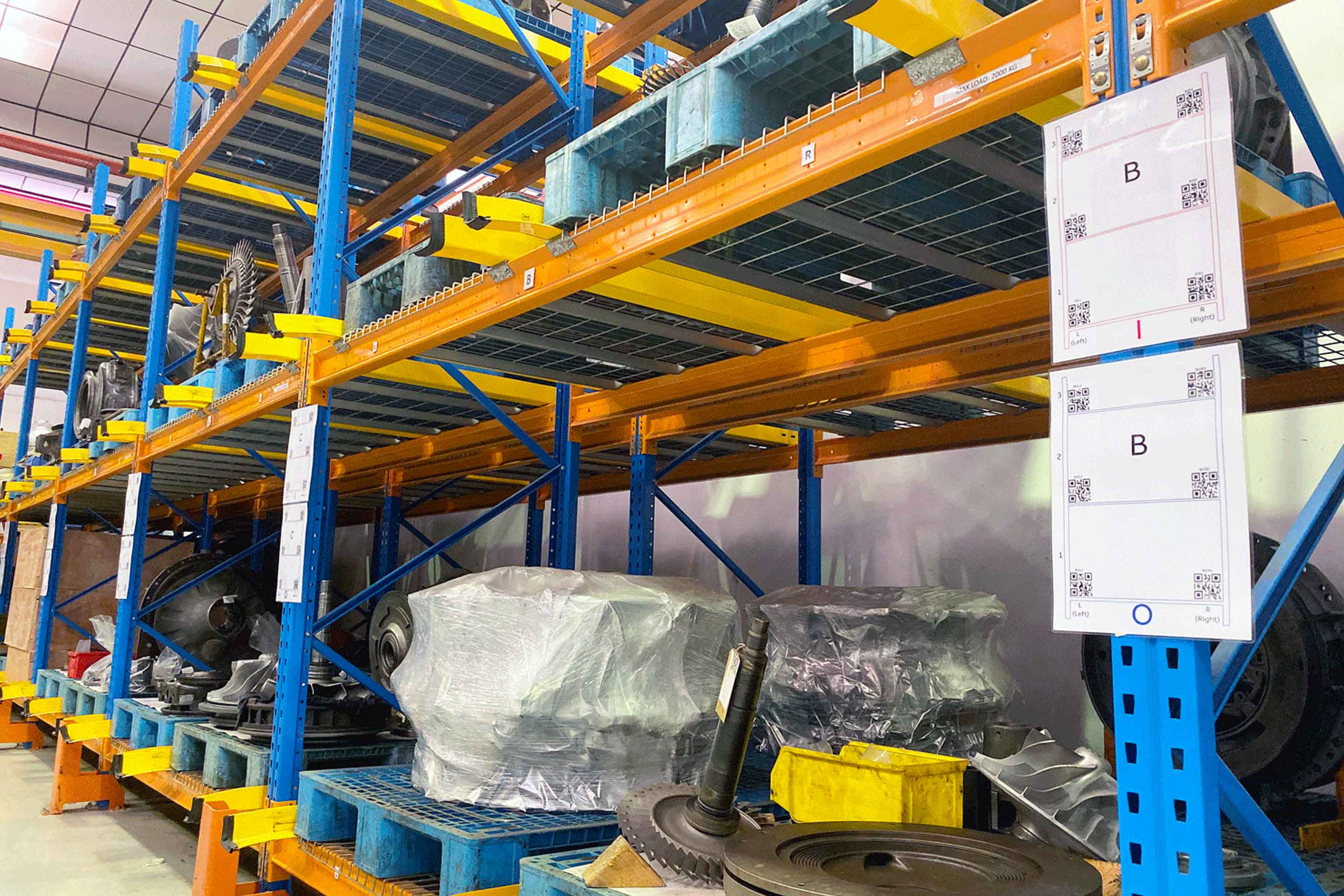ABB Turbocharging has forged a reputation out of innovation, reliability and great service, but now it’s looking within to revolutionize operational efficiency. In pursuit of this goal, the company’s Singapore service station has embraced the Lean Six Sigma methodology leading to the introduction of RFID technology. It has the potential to save huge amounts of time for engineers and, eventually, the entire company. In the process, customers are also set to reap the rewards.
Lean Six Sigma is a continuous improvement methodology based around discipline, statistics and data measurement to help make operational processes as efficient as possible. In this instance, ABB Turbocharging used Six Sigma to work out how to change the way parts are tracked throughout the production line, making it a lot easier to manage workflow.
For a company that’s been making turbochargers for as long as ABB, supporting everything from mining industries to shipping, trains and power plants, spare parts availability is core to its Service business. ABB Turbocharger’s customers need a fast turnaround on parts to keep their engines running in optimal condition, and that means ABB needs to keep on top of its ever-changing inventory.
This is easier said than done, with materials and parts currently found in 11 different locations. There are over 300 pallets in a workshop, and the manual recording and tracking of parts means it can take longer time for engineers to locate what they’re looking for.
Using the previous system, it can take up to 30 minutes for employees to track down specific parts, but Lim Joo Tian, Head of Operations, embraced Six Sigma to slash this to around two seconds.

“The Lean Six Sigma methodology is important to knowing what problem you are solving. Then you can pull the right people together to address the challenges using a structure, in a well-defined way.”
Joo Tian’s updated digital operations process revolves around RFID and barcode technology. When jobs arrive at ABB Turbocharging in Singapore, they can be instantly tagged to a specific location. During the course of operations, and while they move throughout a warehouse and assembly line, ABB engineers can quickly scan the part using a handheld scanner, and assign its latest location.
This offers the ability to see exactly where a part is in a warehouse or on an assembly line, in real-time, increasing efficiency and also making it possible to optimize storage.
How the digitalized operation process was borne
Touring the assembly line as a management trainee in Baden in 2017, Joo Tian spotted the potential to save time and money when it came to tracking parts.
Done manually, it’s necessary to carry out a full count of parts, with engineers needing to take specific care to update information throughout a part’s journey,
whether it has just arrived at the warehouse, it’s being held or worked on in a specific area, or it’s already been completed and is pending delivery. This all takes time, and it’s difficult to know where parts are being stored and how long they’ll be held for.
Joo Tian’s team spent three months evaluating the best technology and solutions, before testing and implementing a trial run. The digitalized operation process was officially rolled out at the start of 2019, offering the potential to save 450 man hours per year.

Easy to adopt
Despite being an entirely new way of working, ABB Turbocharging’s latest methodology has actually proven surprisingly easy to get to grips with, and engineers have embraced the technology as it helps save them a lot of time.
Daniel Sim, assistant manager, workshop service at ABB Turbocharging, explains:
“The new process makes a big difference to the way we work. It’s far easier to prepare for a job and find out the exact location of parts in seconds, which means we’re spending less time searching for them or maintaining manual records on how long parts are in our storage. This is better for us, and also better for our customers. It’s also a really easy system to use, helping us to get to grips with it without extensive training.”
It’s the increased visibility that could make the biggest difference, however, with real-time searches making it far easier to see a job status and the location of parts. This more than validates Joo Tian’s solution, but it’s also a triumph for Six Sigma, highlighting how the company can save time and money by adopting a structured approach to problem solving.














